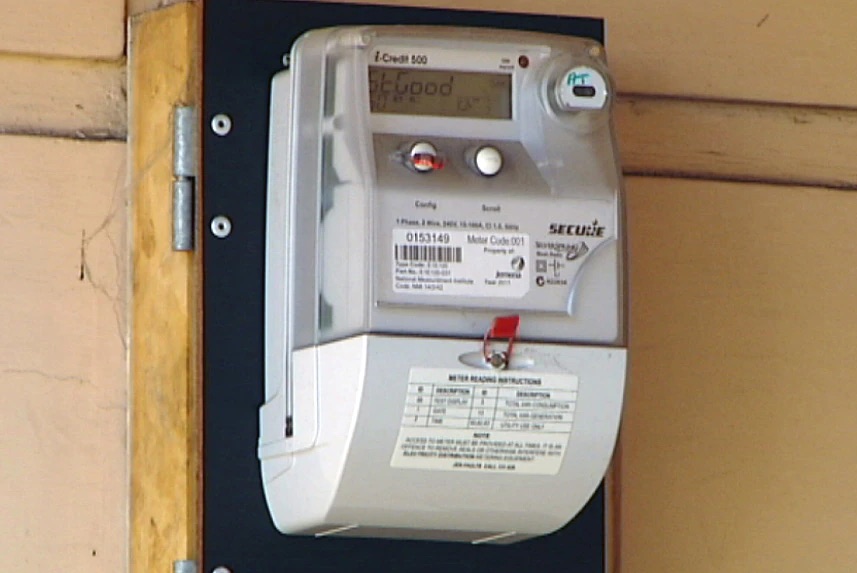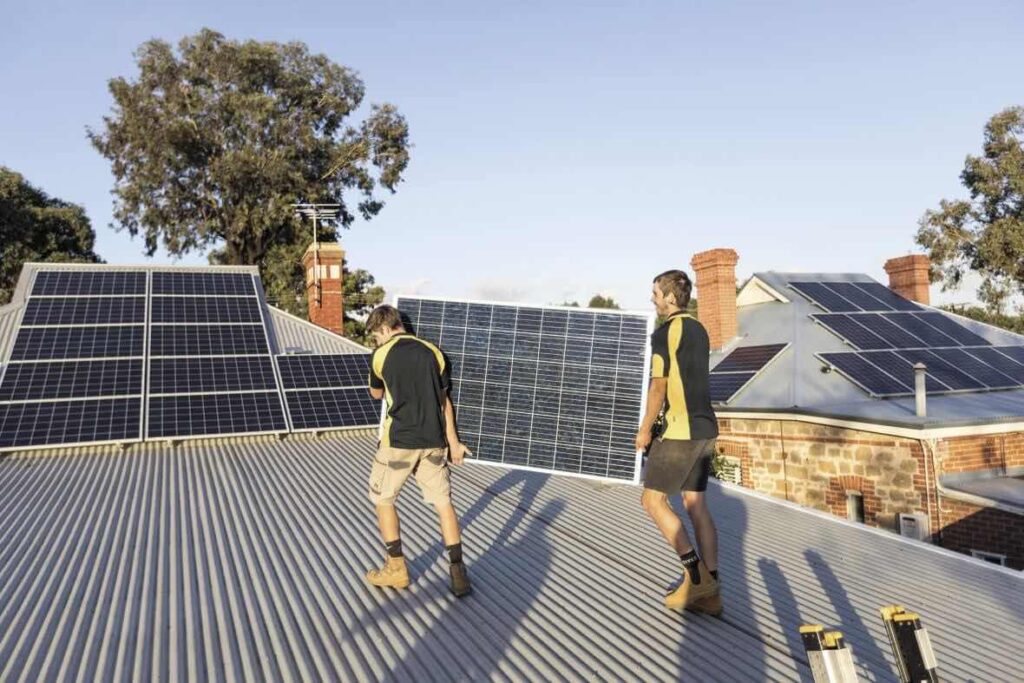Last update March 26th, 2025 at 11:54 pm
Victoria has one of the best rebate schemes for residents who are considering installing a solar panel system. In addition to this, you will be able to receive feed-in tariffs (FIT) from excess electricity that is transferred to the grid.
The feed-in tariffs in VIC are also making it appealing to invest in solar power systems, as the FIT rate in many cases will be better than in other Australian states.
Here we will take a closer look at the solar feed-in tariffs in VIC.
Feed-in tariffs in VIC explained
Before looking into the feed-in tariffs in VIC, we will explain what FITs are. You might look at the feed-in tariff as an incentive that was designed to make it more appealing to invest in renewable solar energy.
When investing in solar panels on your rooftop, you are probably doing it to produce the electricity your household needs. But it is not unusual that the solar panel system will produce more electricity than needed.
This excess electrical power can be stored in a local battery, and that way is saved for later use. Another option is to transfer the power to the grid, which basically means that you sell your excess solar power to the energy retailer.
When selling power through the grid, you will receive payment in the form of a feed-in tariff, also known as a FIT. Based on the FIT rate, a given amount of money will be subtracted from your electricity bill.

The solar feed-in tariffs in VIC
Residents in Victoria will benefit from the fact that the government has set a minimum feed-in tariff in the state. No power retailer operating in VIC can pay you less than the minimum FIT rate.
From 1 July 2023, the flat rate minimum FIT rate for the 2023–24 financial year was 4.9 cents per kWh. This was a decrease from the previous 2022-23 finance year – from 5.2 cents per kWh to 4.9 cents per kWh.
For the 2024–25 financial year, the Essential Services Commission has set the minimum rate electricity retailers can pay you for the electricity you export to the grid. The flat minimum feed-in tariff for 2024–25 will be 3.3 cents per kWh. The decrease is mostly because daytime wholesale prices are forecast to be lower in 2024–25, and most solar exports occur during daylight hours. In short, lower wholesale prices are driving lower feed-in tariffs.
Although the minimum FIT rate is not as big as it used to be, it will still give Victorian residents some level of predictability and comfort.
Which energy provider offers the best solar feed-in tariff in VIC?
Many different energy providers operate in Victoria. And because they all want you to be their customer, they compete to offer the best solar feed-in tariffs.
However, there might be significant differences in the tariff terms and conditions given by the different providers. By choosing the right energy provider, you can make sure that the deal is as beneficial as possible for you as a customer.
Here are some of the energy providers you will find in the state:

Tariffs can fluctuate
Remember that the feed-in tariffs in VIC that the different providers give might change from time to time. Some may give you a FIT rate of around 10 cents per kWh for the first kWh sent through the grid per day and then give you a lower FIT rate the rest of the day.
Make sure that you read the terms and conditions thoroughly before signing any deal. Some energy providers will not be as beneficial for you, as they might be for your neighbour or others.
If your solar panel system produces a large amount of electricity to be sent to the grid, you might benefit from another deal than someone with a lower production rate.
Remember that some energy providers might offer a great FIT rate, and at the same time make the base rates less beneficial. Therefore, we recommend you consider all the rates and prices in the fact sheets before making up your mind.
Is my existing feed-in tariff too low?
For VIC residents who already have a given FIT rate through their power provider, it might be a good idea to check the feed-in tariffs once in a while. You should be able to see your feed-in tariffs on the electricity bills you receive.
If your existing deal is not as beneficial as you had hoped, you might consider changing your power provider.
Find the best feed-in tariffs in VIC
For residents located in VIC, the possibilities of finding a power provider with good FIT rates are good. With a minimum feed-in tariff rate set by the government, you will not have to worry about FIT rates lower than 3.3 cents per kWh.
When choosing a power provider, it is important to not only consider the feed-in tariff. You should also take a look at other prices and rates in the fact sheets or terms and conditions.
If you find it difficult to find the best power provider, we suggest you take a look at our recommendations. We make it easier for you to find the best feed-in tariffs in VIC!